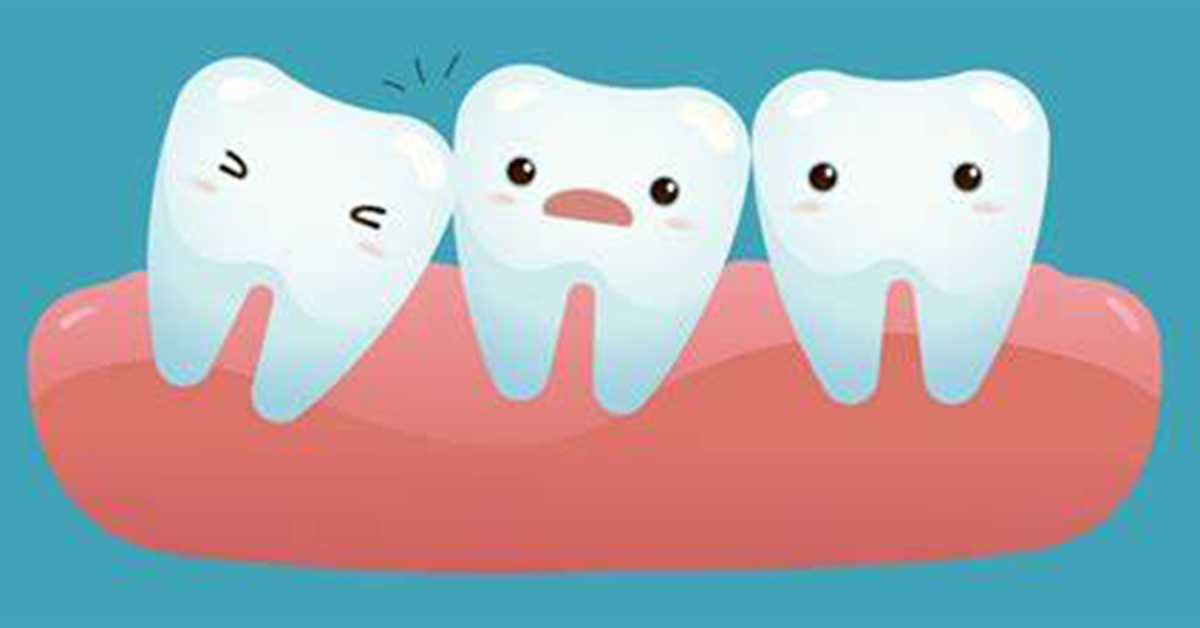
Do you need to remove your wisdom teeth? Are your wisdom teeth damaged or injured? If you want to know what wisdom teeth are, they are found in the area at the back of the gums. Known as the third molars, almost all adults have 32 teeth which include 4 wisdom teeth with two at the top and two at the bottom in the corner of the mouth. Wisdom teeth are the last to grow during late teens or early 20’s.
Wisdom teeth often cause problems as they emerge last and there is not enough space for them. With almost no room for them to grow, wisdom teeth emerge only partially through the gum or at an angle. This is known as impacted wisdom teeth and in most cases, they have to be removed. These impacted wisdom teeth may cause pain and damage to the other teeth and/or are hard to clean because of the position they grow and are prone to decay and gum disease.
Signs & Symptoms that Indicate the Need to Remove Wisdom Teeth
As the wisdom teeth cause pain and other dental problems, most of the oral surgeons and dentists recommend removal of the wisdom teeth. Though in some cases, where wisdom teeth do not cause problems, it is suggested that removal is a good option in order to prevent further dental problems.
Some of the signs that indicate when the wisdom teeth have to be removed are when there is damage to the teeth, infection, gum disease and mouth cysts. In some cases there may be sinus problems, impaction of the wisdom teeth, pain or when the dentists suggest removal of the wisdom teeth.
Why Impacted Wisdom Teeth have to be Removed?
With various reasons as to why wisdom teeth have to be removed, some of the most significant ones may be where the mouth gets too crowded for the third molars. In some cases, where the wisdom tooth gets impacted is when it emerges only partially and only the crown is visible. In other cases, the wisdom does not emerge at all and this situation is called fully impacted.
When the tooth is fully impacted or partially impacted, the wisdom tooth tends to grow toward the back of the mouth at an angle or it may grow towards the second molar. When there is impaction, the wisdom tooth may grow up or down but will be trapped within the jawbone. In other cases, the wisdom tooth may grow at a right angle to the other teeth and will look as if it is in a horizontal position.
When there is an impaction of the wisdom teeth, there may be signs and symptoms such as jaw pain, red swollen gums and/or bleeding gums which may be tender. The patient may have a problem when opening the mouth, difficulty when eating and bad breath. In other cases, there may be an unpleasant odor or bad taste in the mouth and swelling around the jaw.
When there is an impaction of the wisdom teeth, there may be signs and symptoms such as jaw pain, red swollen gums and/or bleeding gums which may be tender. The patient may have a problem when opening the mouth, difficulty when eating and bad breath. In other cases, there may be an unpleasant odor or bad taste in the mouth and swelling around the jaw.
It is important to see a dentist if you are experiencing these symptoms. It would be wise if you see your dentist on a six-month appointment basis which will enable a professional to check your teeth and monitor the growth of wisdom teeth. It is good if you take dental X-rays to see if there is anything wrong. If you experience a healthy dental routine of brushing and flossing, it will prevent pain, infection and an unhappy situation besides saving money in the long run.



